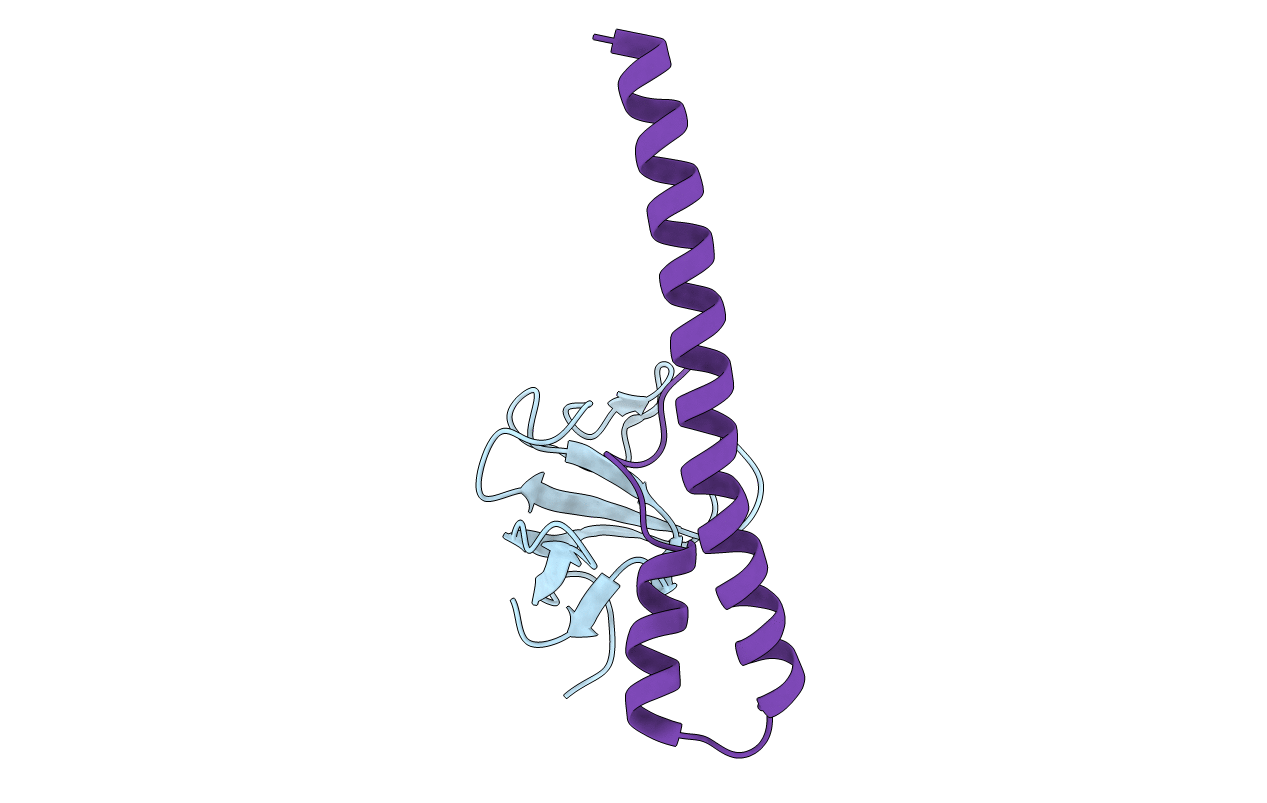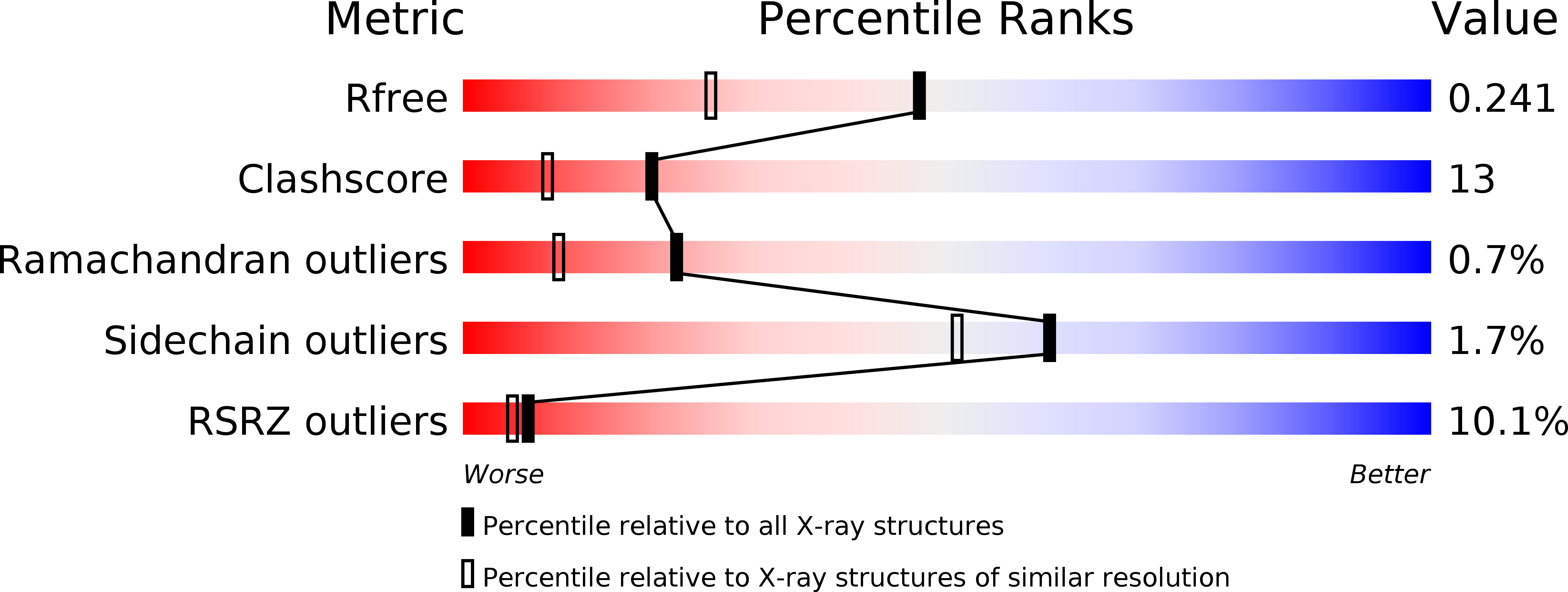
Deposition Date
2004-07-06
Release Date
2005-09-13
Last Version Date
2024-03-13
Entry Detail
PDB ID:
1TXQ
Keywords:
Title:
Crystal structure of the EB1 C-terminal domain complexed with the CAP-Gly domain of p150Glued
Biological Source:
Source Organism:
Homo sapiens (Taxon ID: 9606)
Host Organism:
Method Details:
Experimental Method:
Resolution:
1.80 Å
R-Value Free:
0.24
R-Value Work:
0.20
R-Value Observed:
0.20
Space Group:
C 1 2 1


